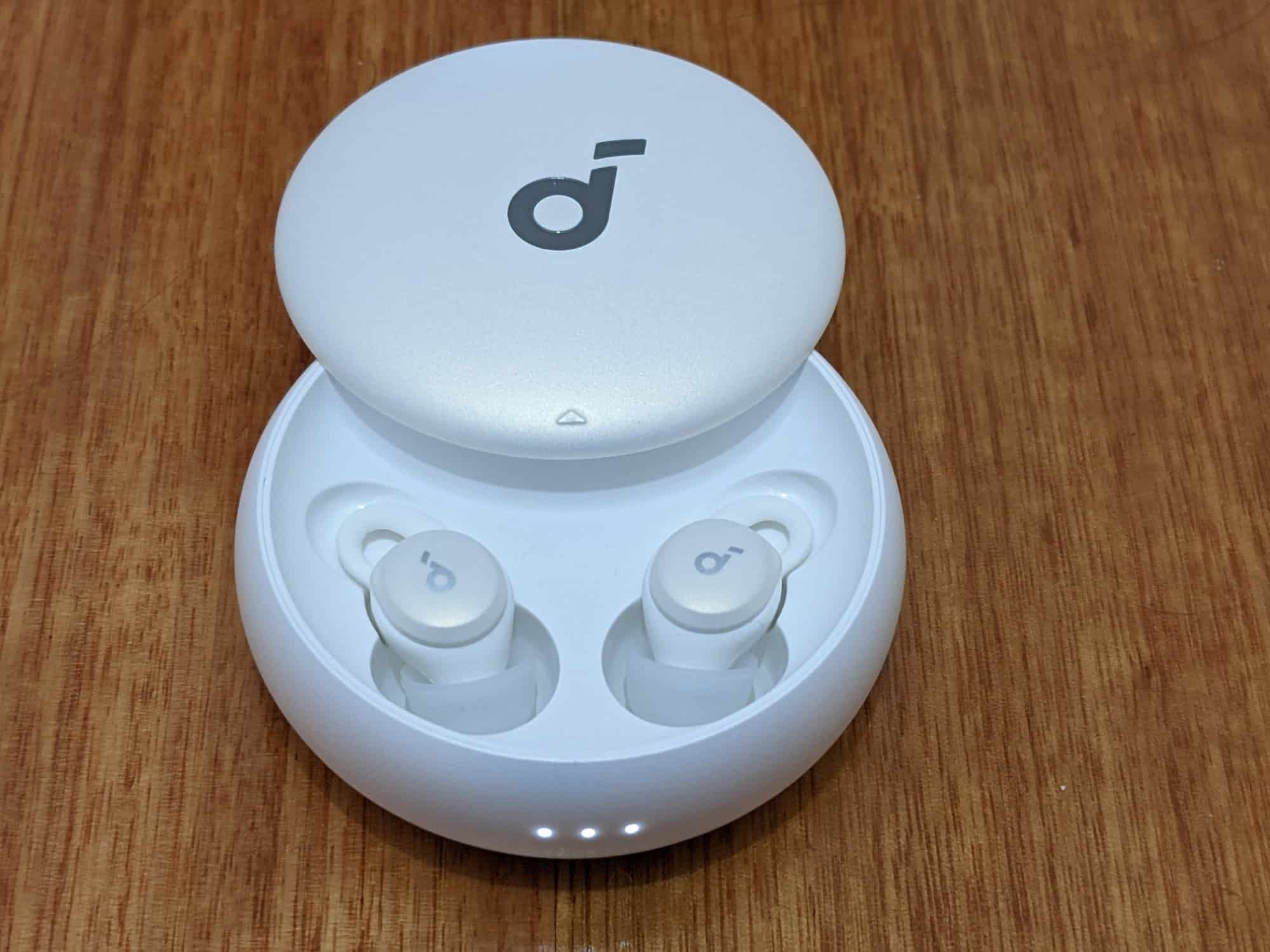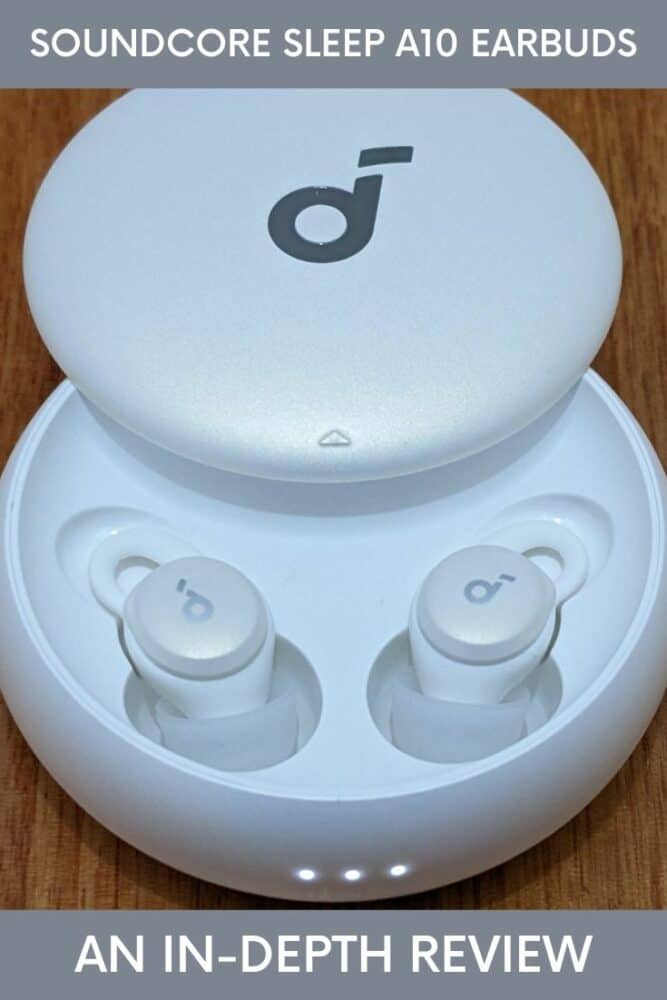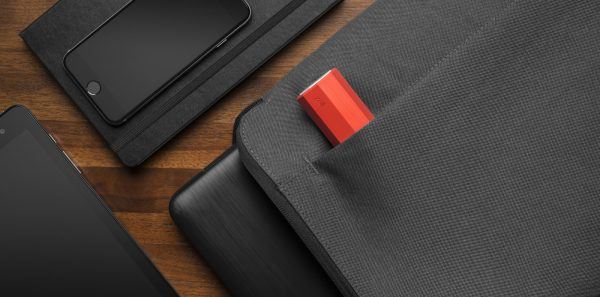Soundcore Sleep A10 Earbuds Review: An Impressive Debut
We may earn a commission from purchases you make after clicking links on this site. Learn more.As someone who’s been a light sleeper for most of his adult life, I have a personal as well as professional interest in any gadget that promises more restful slumber. The last couple of years has seen a bit of an explosion in this section of the market, so I wasn’t surprised to see Anker getting in on the action recently.
The company’s Soundcore brand has been growing rapidly, releasing a wide range of speakers and headphones, but the Sleep A10 is its first attempt at a sleep-focused set of earbuds. They looked good in the photos and marketing material, but that doesn’t always mean a lot when it comes to better sleep.
There was only way to find out whether these little buds actually worked: stick them in my ears for several nights and see if my sleep improved (or got worse, for that matter). A few weeks ago, Anker sent out a pair so I could do just that.
Features and Design
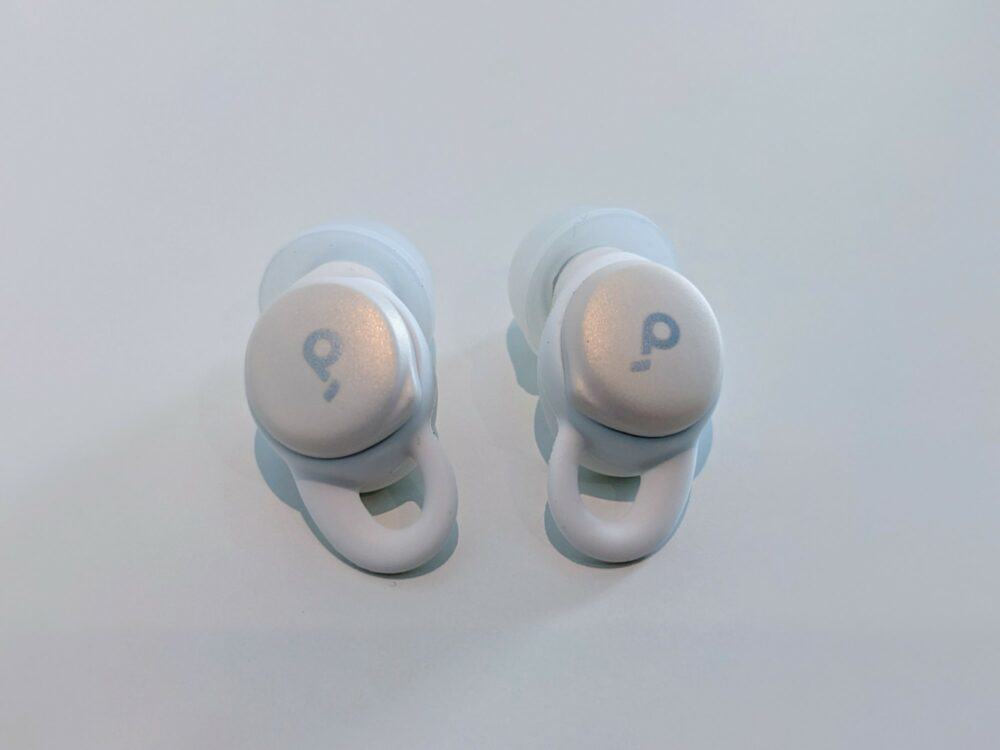
In many ways. the Sleep A10’s are similar to most other wireless earbuds on the market at the moment. They come in a smallish charging case that has its own battery, along with a grab bag of different silicone tips and “wings” to ensure you get a precise and comfortable fit.
If they don’t fit snugly in your ear, they’ll do a much worse job of blocking out sound, and are more likely to fall out in the middle of the night. Waking up and having to retrieve your earbuds from behind the bed at 4am isn’t anybody’s idea of a good time.
Where the A10’s do differ, however, is their size and shape. They’re very small and quite flat, which is key for the comfort of any earbuds intended to be worn to bed. While those design decisions don’t matter so much if you lie on your back, they’re hugely important if you sleep with one ear on the pillow like I do.
In terms of physical design, the only other thing worth mentioning is the ear “wing” on the top of each bud that stops it moving around. It looks like a grab handle, and acts like one as well, helping you remove the buds from the recesses of your ear canal each morning. It’s a simple approach that works well.
Right off the bat, it’s important to note that these aren’t noise canceling buds. For some, that’ll be a dealbreaker: if your partner snores like a freight train or you live above a nightclub, you’ll be better served by something like the QuietOn 3.1.
If your environment isn’t quite that loud, however, and it’s more important to be able to listen to music or podcasts as you drift off to sleep, the passive noise isolation of the A10’s may be enough. The company rates it at up to a 35db noise reduction; I talk more about it performs in the real world below.
On the inside, the A10’s connect to whatever device you’re using via Bluetooth. From there, you’ve got two options: stream audio as you usually would, or fire up the Soundcore app to control a range of settings or play the included ambient sleep sounds.
Despite the petite dimensions, there’s enough space for a usefully-large battery. Anker suggests you’ll get six hours of music streaming or ten hours of ambient sounds, and at least with low volume levels in a relatively-quiet room, that’s a conservative estimate.
For most people, most of the time, you’ll get a full night’s sleep between charges. The case has enough capacity to charge the buds another seven times, significantly more than most. Only having to hunt out a (USB C) charger once a week at most makes a nice change from most tech gear these days.
Real-World Testing
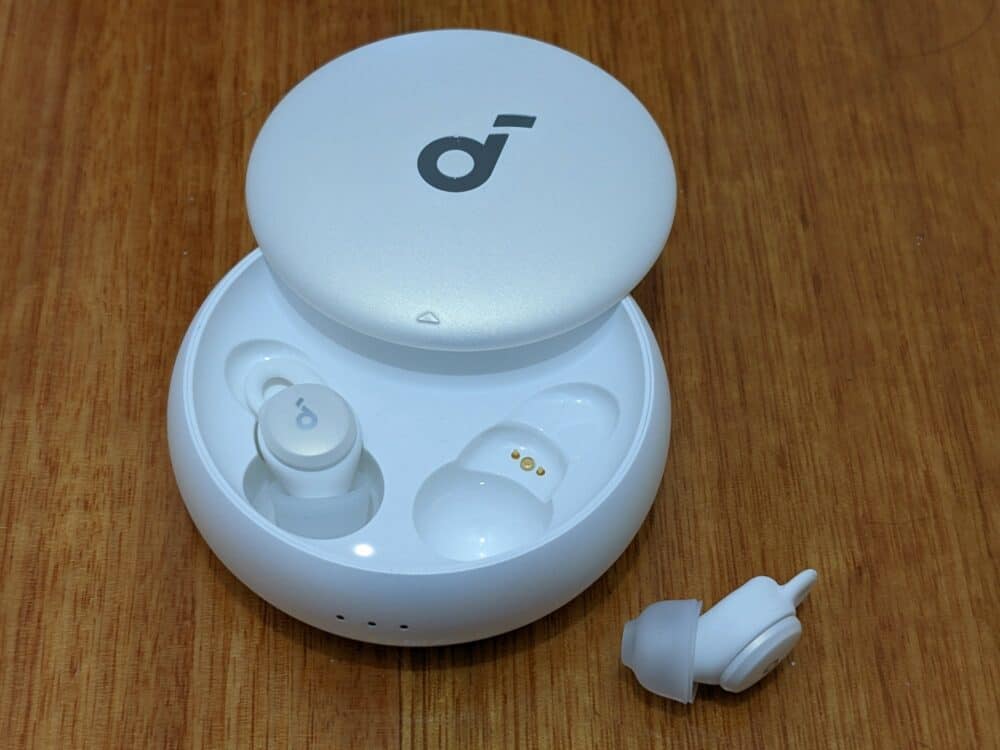
Unboxing the earbuds and setting them up only took a few minutes, most of which was experimenting with the different tips to find the ones with the best fit. The medium versions provided the tightest seal, with a simple “insert and twist” movement locking the buds firmly in place in each ear.
Connection
Pairing via Bluetooth was no different to any other device, although Anker does warn that the connection may be unstable if used outdoors. From that, I take it that it’s a low-power connection to save on battery life.
If so, it hasn’t been noticeable: I’ve had no glitches or dropouts when using it with my phone a foot or two away beside the bed, and music kept streaming normally when I tested it by walking down a hallway and into a different room.
App
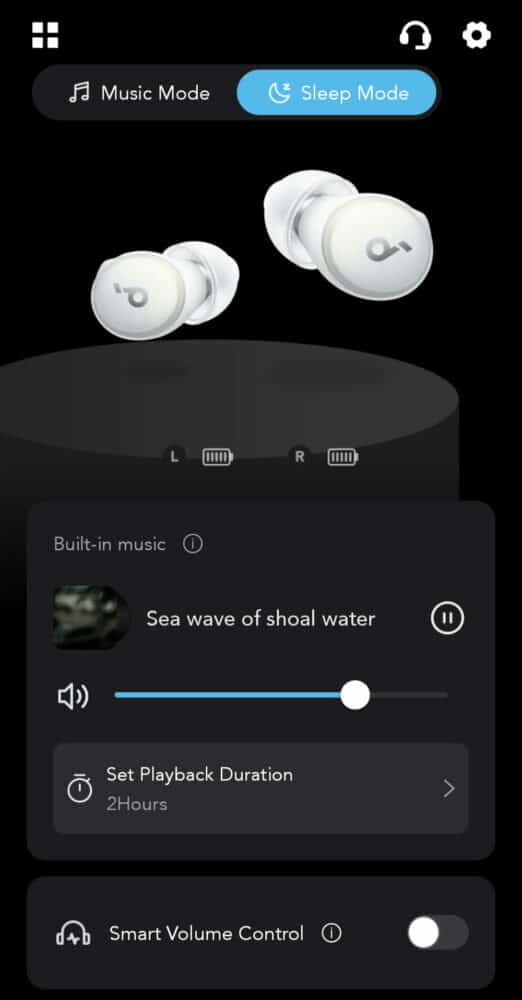
The Soundcore app (available on iOS and Android) is used across the company’s product range, but has several features specific to these buds. You’ve got the usual equalizer settings (preset and custom), along with being able to configure basic tap controls for playing or pausing whatever you’re listening to.
You can also switch mode between “music” and “sleep”, and that’s worth going into in a bit more detail. Music mode is pretty self-explanatory: you just stream music, podcasts, or audiobooks using your usual apps. Other than the EQ, there’s nothing to configure in the app for this.
Sleep mode, however, is a different story. Anker provides upwards of 30 different ambient sounds, from waves and wind to relaxing background music, which you can listen to in the app and upload to the earbuds. There’s only space for one at a time on the earbuds, though: if you want to swap, it takes around half a minute to transfer the new track.
Enabling sleep mode in the app immediately starts playing your selected sound. You can choose a playback duration (anything from 30 minutes to nine hours, or no limit), and there’s a “smart volume” setting that detects when you’ve fallen asleep and adjusts the volume based on how loud your room is.
If you’re using sleep mode, you can also track basic sleep stats in the app. My Fitbit does the same thing in more detail, so it’s not something I ever bothered with beyond making sure the feature worked, but it’s there if you want it.
Anker seems to be actively developing for the Sleep A10 (there have been two firmware updates and a few app updates during my review period, including the addition of several new ambient sounds), so I wouldn’t be surprised to see more new features added as time goes by.
Noise Reduction
As I mentioned earlier, these aren’t noise canceling earbuds. They’re “noise isolating” instead, which is a common bit of marketing speak that just means they act like earplugs, blocking out some of the surrounding noise.
Anker suggests they’ll reduce ambient sound by up to 35db, which is quite a lot for buds like these. I don’t have a way of objectively testing that claim, but I will say that in my experience, they’ve blocked out a similar amount of noise to a decent set of foam or silicone earplugs.
I live in an inner-city neighborhood that can get noisy at weekends, to the point where it’s not always easy to sleep unaided. With the Sleep A10’s inserted and nothing playing through them, I’ve noticed a definite drop in the noise levels. Add in some quiet music or deep-voiced podcast hosts, and I’m asleep in minutes.
As I mentioned earlier, if you’ve a very light sleeper, have a loudly-snoring partner, or live beside the highway, you’ll be better off with the proper noise cancellation found inside the QuietOn 3.1. Anything less than that (especially if you prefer music to silence), and the noise isolation of the A10’s is probably enough.
Audio Quality
I don’t really have a lot to say about the audio quality, which may seem surprising in a review of a set of earbuds. Sleep-focused versions are different, though: they don’t need to sound amazing, they just need to not annoy you whenever you’re listening to them.
With that criteria in mind, the A10’s fall very much into the “fit for purpose” category. With such small buds, don’t expect booming bass or crisp treble: podcasts are fine, but musical tracks sound pretty thin.
That level of quality is fine for me when I’m trying to sleep, but I wouldn’t typically use them as everyday earbuds. That said, they’ve sometimes been the only earbuds I’ve taken with me on a weekend trip, and I’ve used them to listen to podcasts on the train or while out for a walk.
The volume needed to be set somewhere near maximum, but they’ve been usable in a pinch. Like I say, I wouldn’t choose to listen to music that way, but spoken word stuff is fine.
Comfort
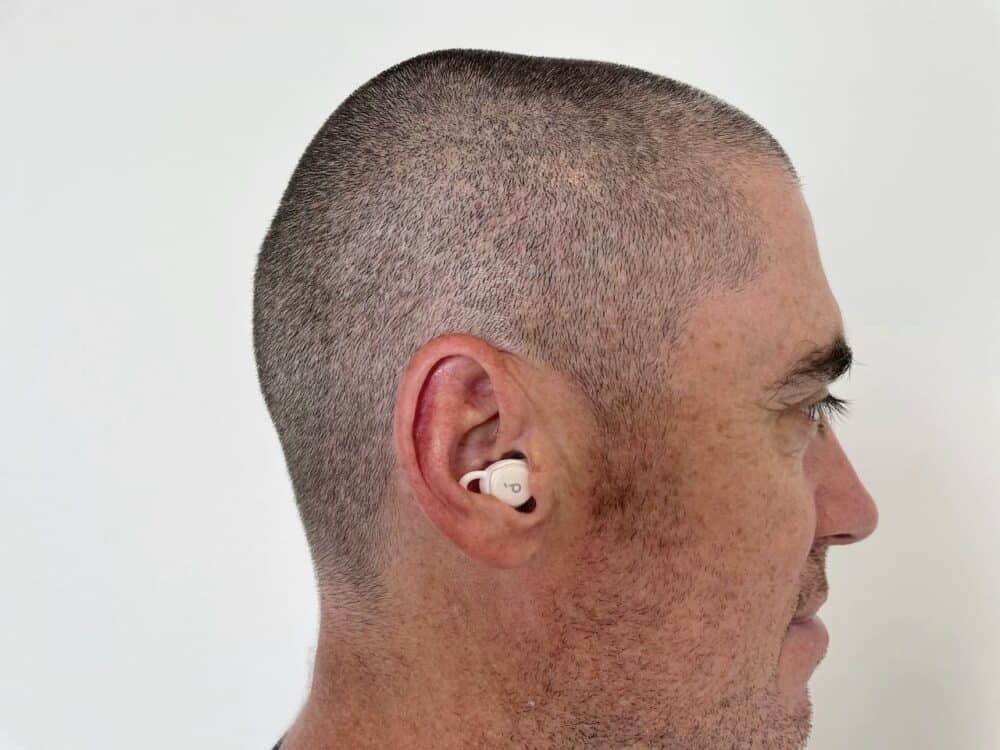
I’ve tried many different kinds of noise-blocking gadget over the years, from low-tech earbuds to high-end headphones and pretty much everything in between. Almost all have suffered from the same problem: they just weren’t comfortable enough for people like me who who sleep on their front or side.
I understand the complexities here. Packing batteries, speakers, and noise-cancelation tech into something small enough to fit in your ear canal, comfortable enough to lie on for several hours, and strong enough to protect the internals from damage, is very difficult.
That’s probably why most companies haven’t managed it, and why I usually find myself tossing and turning for a few minutes trying to find a comfortable position whenever I’m testing these things. Usually, the end result is me giving up and grumpily pulling the bud out of the ear that’s on the pillow.
I’m not going to tell you the Sleep A10’s are a magic bullet here either, but they’re the closest I’ve got so far. At least when using my usual fairly soft pillow, I’ve been able to sleep for most or all of the night, several nights in a row, with both earbuds inserted.
When staying at a relative’s house for a few nights and using a harder pillow, I didn’t have as much success: it just wasn’t quite comfortable enough, and I ended up discarding one of the buds after a while. So, my takeaway is: try a softer pillow if you’re a front or side sleeper.
Other than all of that, I had no other concerns about the comfort of these buds, and the medium tip fitted both of my ear canals well. I don’t move around a lot during the night, and never had any concerns about the buds falling out while I was sleeping or changing position.
Unlike earplugs and several other earbuds I’ve tried, I didn’t have any pain in my ears even after wearing the A10 buds all night, every night for two weeks. That’s impressive: I usually end up with slight abrasions or minor bruising in and around my ear canal after a while, but not in this case.
Battery Life
Because sleep-focused buds have to be so small, space for the battery is very limited. That’s why you need to pick your compromise(s): short battery life, no Bluetooth streaming, and/or no active noise cancelation.
Most of the other sleep earbuds worth recommending just don’t offer Bluetooth streaming, but Anker has been a bit smarter about it. While you’ve got the option of playing a track entirely from the earbuds, and get longer between charges if you do, you can also stream via Bluetooth if you’d rather.
Anker says that’ll drop your expected battery life down from ten to six hours, but that’s assuming the volume is set at 50%. Playing music or podcasts at that volume was far too loud for me to sleep, so I set mine at more like 15-20% instead: just loud enough to hear, but not to keep me awake.
I tested the longevity of both options over the course of a few nights. Playing the sound of gently-breaking waves in “sleep mode” (i.e., directly from the earbuds), I woke up after about eight and half hours, just in time to hear the earbuds shut down.
When streaming in “music mode”, I typically just queued up a couple of hours worth of podcast episodes, assuming I’d be asleep by the end of them. Invariably I was, meaning that for most of the night I gave battery longevity a helping hand by having nothing playing in my ears.
Probably because of that, I’ve never yet seen the earbuds run out of charge during the night. They’re still connected via Bluetooth in the morning, and I can play something on them when I wake up without a problem.
Having an “all-night” battery life is absolutely key for any earbuds that you plan to use while sleeping, and (along with comfort) is one of the main reasons why standard wireless buds just aren’t great for this purpose.
Most of them top out at 5-6 hours before running out of juice, with many feeling the need to announce that fact with a loud chime or voice prompt when they do. Not helpful. Getting 8+ hours between charges really feels like the minimum requirement for sleep buds, and the A10’s nail it.
Verdict
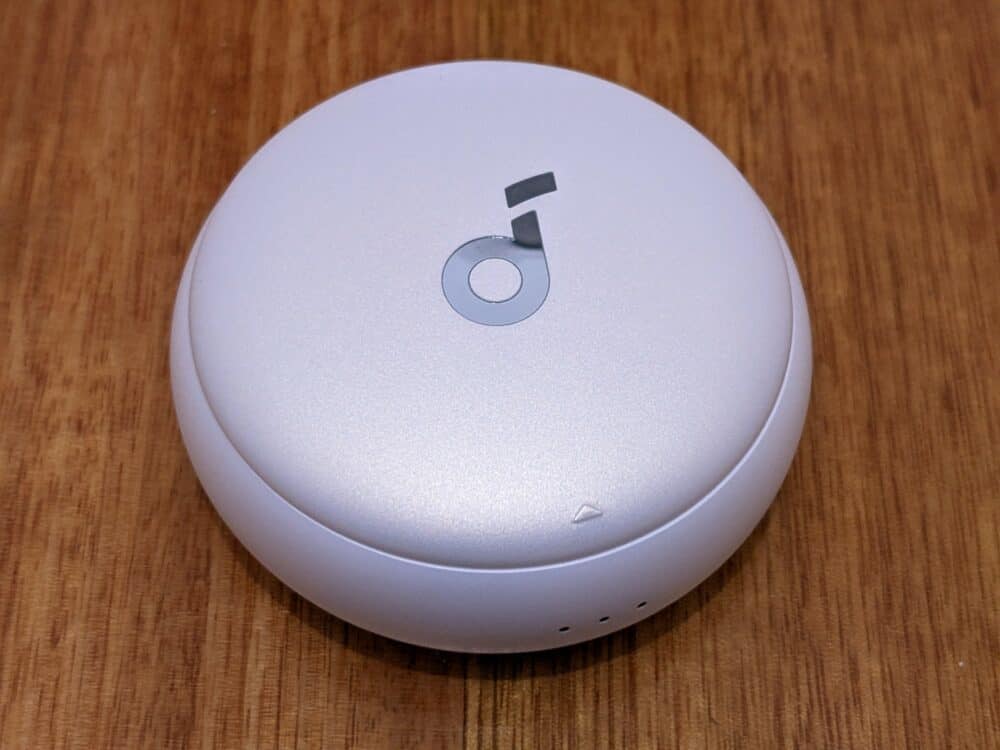
For a first attempt at sleep-focused earbuds, Anker’s done surprisingly well with the A10’s. Battery life is better than expected, especially while streaming, and the buds are more comfortable to wear overnight than pretty much anything else I’ve tried in this space.
While active noise cancellation would make these the perfect sleep aid, I understand the trade-offs that go into making that decision. If the alternative is poor battery life or no Bluetooth streaming (and based on the competition, it seems to be), Anker has made a sensible choice here.
As I said above, if you have the misfortune to sleep in a particularly noisy environment, the A10’s probably don’t cut out enough ambient sound to really ensure a better night’s sleep. In that case, you’re better off with the QuietOn 3 noise-canceling buds.
For low to moderate noise levels, though–especially if you want to listen to music, podcasts, or audiobooks as you’re drifting off to sleep–the Sleep A10’s are the best all-round performers I’ve tested so far. Priced reasonably and backed by a solid warranty from a well-known brand, these are one set of sleep earbuds I’m happy to recommend.

